The Topic Mining for Sentiment Analysis of Tokyo Olympic Games by Using LDA and Sequence Association Rules
DOI: 10.23977/mediacr.2024.050407 | Downloads: 21 | Views: 808
Author(s)
Kuanwei Huang 1, Weicong Mo 1
Affiliation(s)
1 Business School, Lingnan Normal University, Zhanjiang, China
Corresponding Author
Kuanwei HuangABSTRACT
This paper studies the topic of " Tokyo 2020(summer) Olympics " in Sina Weibo as the research target for topic mining by using latent dirichlet allocation (LDA) model and applying the sequence association rules algorithm to obtain the keywords among the different topic categories. Then we conduct the text content with sentiment analysis. Among the topics of the Tokyo Olympics, more than 74% of netizens have positive comments on the association rules under the keyword "gold medal", which parses out the competition sports that attract public attention, such as swimming, table tennis, shooting and other competitions that are well received and that will make the netizens pay more attention within. Finally, this study expects that it would continue to discover the sports hotspots for relevant departments with reference and assist the direction for the development of sports in China.
KEYWORDS
Tokyo Olympics; topic mining; sentiment analysis; sequence association rulesCITE THIS PAPER
Kuanwei Huang, Weicong Mo, The Topic Mining for Sentiment Analysis of Tokyo Olympic Games by Using LDA and Sequence Association Rules. Media and Communication Research (2024) Vol. 5: 44-51. DOI: http://dx.doi.org/10.23977/mediacr.2024.050407.
REFERENCES
[1] Yang, B. Social media brings multiple impacts to the Tokyo Olympics. Youth Journalist,2021,15, 97-98.
[2] Jiao, D. W. Emotions and Their Influence in Weibo Public Opinion. Jiang-huai Tribune, 2013,(3):129-132.
[3] Blei, D. M., Ng, A. Y., & Jordan, M. I. Latent dirichlet allocation. Journal of machine Learning research,2003,3, 993-1022.
[4] Tan Chunhui, Xiong Mengyuan. Comparative analysis on the evolution of hot topics in data mining research at home and abroad based on LDA model [J]. Information scienc,2021,39(4):174-185.
[5] Williams, T., &Betak, J.A comparison of LSA and LDA for the analysis of railroad accident text. Journal of Ubiquitous Systems and Pervasive Networks, 2019,11(1), 11-15.
[6] YONG C, HUI Z, RUI L, et al. Experimental explorations on short text topic mining between LDA and NMF based schemes[J]. Knowledge-Based Systems,2019,163(1):1-13.
[7] BASTANI K, NAMAVARI H, SHAFFER J. Latent Dirichlet allocation (LDA) for topic modeling of the CFPB consumer complaints. Expert Systems with Applications, 2019,127:256-271.
[8] Mikolov, T., Sutskever, I., Chen, K., Corrado, G. S., & Dean, J. Distributed representations of words and phrases and their compositionality. Advances in neural information processing systems,2013,26, 3111-3119.
[9] GO A,BHAYANI R,HUANG L. Twitter sentiment classification using distant supervision[R]. Cs224n project report. Palo Alto: Stanford University,2009.
[10] BOLLEN J,PEPE A,MAO H. Modeling public mood and emo-tion: twitter sentiment and socio-economic phenomena[J]. Computer science,2009,44(12) : 2365 - 2370.
[11] Dodds, P. S., Harris, K. D., Kloumann, I. M., Bliss, C. A., & Danforth, C. M. Temporal patterns of happiness and information in a global social network: Hedonometrics and Twitter.PloS one,2011,6(12), e26752.
[12] HU M,LIU B. Mining and summarizing customer reviews[C]/ /Tenth ACM SIGKDD international conference on knowledge discovery and data mining. Seattle: ACM,2004:168-177.
[13] FELDMAN R. Techniques and applications for sentiment analysis[M]. New York: ACM,2013.
[14] VOLKOVA S,WILSON T,YAROWSKY D. Exploring demo-graphic language variations to improve multilingual sentiment analysis in social media[C]/ /Proceedings of conference on empirical methods in natural language processing.Seattle: ACL,2013: 1815-1827.
[15] Pang,B. ,Lee, L.,&Vaithyanathan, S.Thumbs up? sentiment classification using machine learning techniques. arXiv.2002.
[16] Cui Yan, BAO Zhiqiang. Overview of Association rule Mining [J]. Computer Application Research,2016,33(02):330-334.
[17] Peng Xixian, Zhao Yuxiang, Zhu Qinghua.Research topic of iConferences based on Association rule Mining [J]. Information Journal,2013,32(12):1303-1314.
[18] Zhang Yue, Ni Junmin, Wang Jian, Song Xiaokang, Zhao Yuxiang.Topic analysis of health informatics based on association rule mining: A case study of d Health conference [J]. Journal of Information Resource Management, 2020, 10(06): 90-100.
[19] Mikolov T, Sutskever I, Chen K, et al. Distributed representations of words and phrases and their compositionality [J].Advances in neural information processing systems, 2013(26):3111-3119.
[20] Zhang Yue, Sun Xiaoling, Zhu Qinghua. Research on characteristics and rules of Public opinion Communication in Public Emergencies: A case study of Sina Weibo and Sina News Platform [J]. Information journal, 2014,33(4):90-95.
| Downloads: | 20337 |
|---|---|
| Visits: | 472476 |
Sponsors, Associates, and Links
-
Journal of Language Testing & Assessment
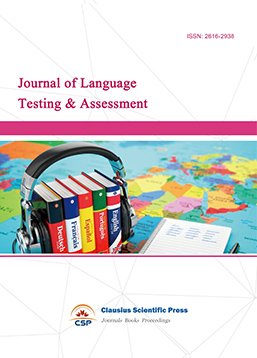
-
Information and Knowledge Management
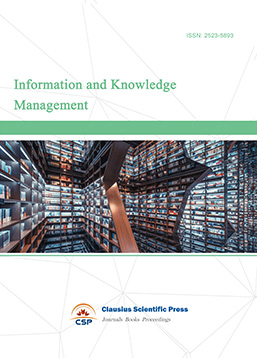
-
Military and Armament Science
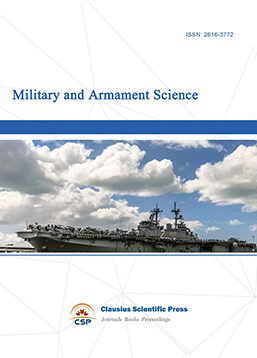
-
Journal of Human Movement Science
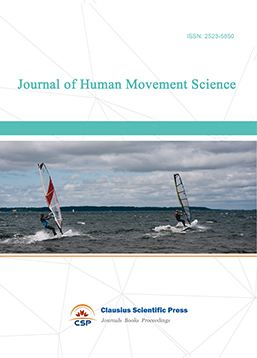
-
Art and Performance Letters
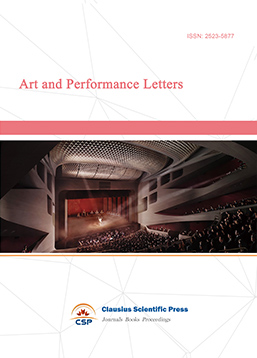
-
Lecture Notes on History
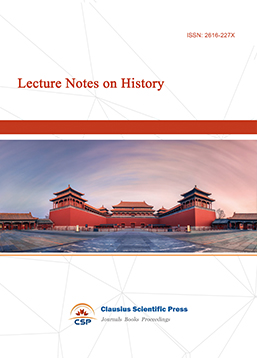
-
Lecture Notes on Language and Literature

-
Philosophy Journal

-
Science of Law Journal
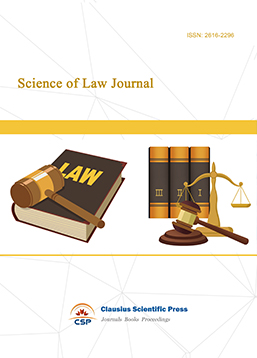
-
Journal of Political Science Research
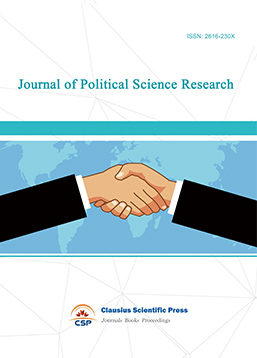
-
Journal of Sociology and Ethnology
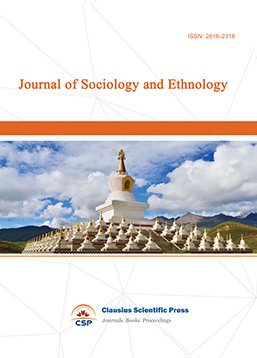
-
Advances in Broadcasting


 Download as PDF
Download as PDF